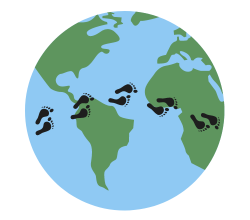Living with roommates isn’t always fun. I’ve had my share of bad roommate experiences—roommates who did things like let dirty dishes accumulate, forget to take out the trash, repeatedly throw out partial loaves of bread or leave a mouldy sweet potato in the fridge for weeks.
However, living with roommates does force us to interact with and adapt to people who live and think differently than us. The experience can teach us new ways of doing things, including related to sustainability.
In this post, I share sustainability lessons I’ve learned from roommates. I include my parents in that list because I lived with them for many years and they shaped a lot of my habits.
I haven’t adopted all of these sustainable habits yet myself, but they should give you some ideas for things to try!
Sustainable habits from roommates
From grocery shopping and cooking to dealing with waste, living with roommates touches on many aspects of a sustainable lifestyle. Here are some sustainable habits I’ve observed in the people I’ve lived with over the years.
Bringing containers home to recycle
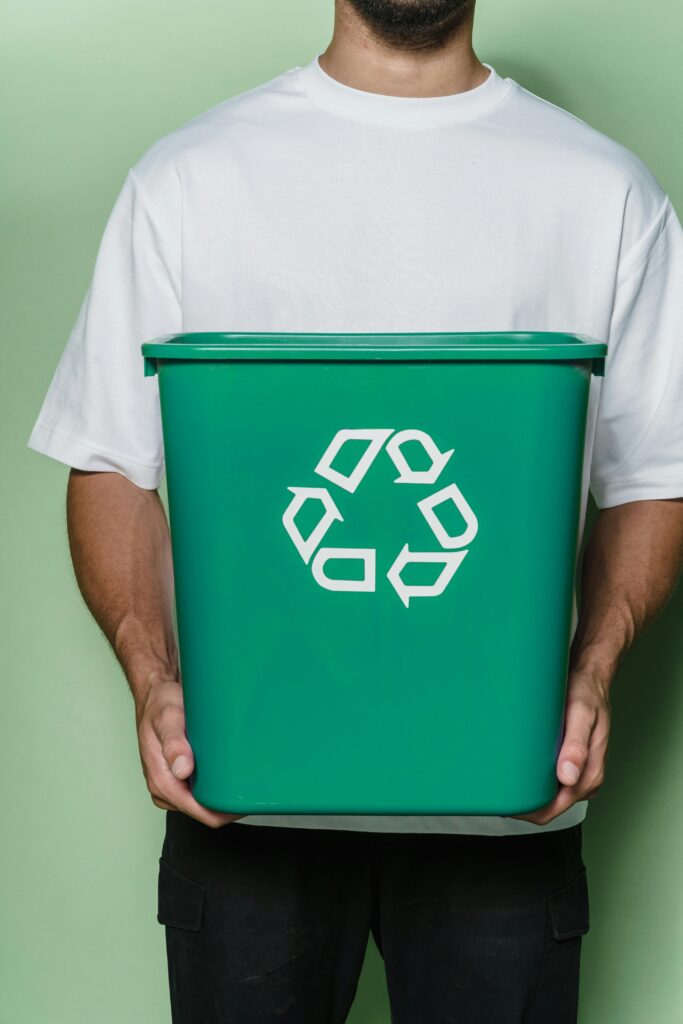
When I was growing up, my parents would bring containers home to recycle if there weren’t recycling bins available. After all, there aren’t always recycling bins in public spaces and restaurants, and even if there are, the materials in these bins risk getting contaminated through improper sorting.
Bringing recyclable containers home helps ensure that containers get properly sorted and recycled. Just make sure to wash the containers first! Of course, the better solution is to reuse containers and reduce our use of disposable plastics. But in situations where that isn’t possible, recycling helps address Ontario’s growing landfill problem.
Reusing Ziploc bags and bread bags
When it comes to Ziploc bags and plastic bread bags, your immediate thought may be to toss them in the recycling or garbage (depending on recycling infrastructure where you live). However, if these bags are clean, they can be washed, dried and reused for both food and non-food products. For example, Ziploc bags can be reused for holding dry foods like crackers or odds and ends like screws, while bread bags can be used for wrapping other loaves of bread or collecting dog poo or other trash.
Given that the world uses 5 trillion plastic bags every year, every step to reuse bags and slow down our plastic consumption is a good thing!
Reusing takeout containers
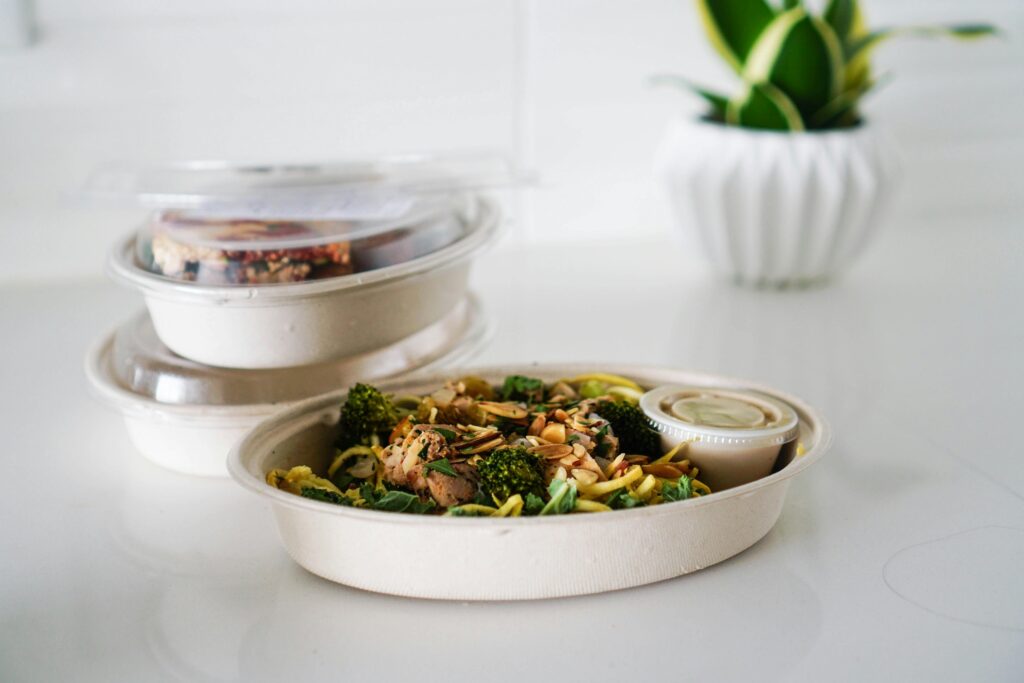
Did you know that 805 million takeout containers were distributed in Canada in 2019? The situation has changed somewhat with the federal government’s ban on foam and black plastic takeout containers. Nonetheless, takeout still produces a lot of waste, including sauce cups, clamshell containers and deli containers.
Of course, not all types of containers can be reused. But with a good wash, many containers can be used to store other food. This keeps the containers out of the recycling system a bit longer and means you don’t have to buy purpose-built reusable containers.
Learn other ways to eat takeout more sustainably.
Bringing reusable containers to restaurants for leftovers
My parents have recently started bringing reusable containers to restaurants if they know they’re unlikely to finish their meal. This means that they can take their leftovers home in a reusable container instead of getting a new plastic container from the restaurant. If you can stand the surprise from the server, this is a great way to cut down on plastic waste!
Reusing wrapping paper

For as long as I can remember, my family has reused wrapping paper. On birthdays and holidays, my mom and I will sort through the pieces of wrapping paper to see which ones are worth keeping. My parents have bins in their basement full of pieces of old wrapping paper.
Given that Canadians throw out 540,000 tonnes of wrapping paper and gift bags each year, reusing wrapping paper helps save the trees, water and other resources that went into its production. This tip works best for close family and friends. You may have a hard time explaining to your boss why the wrapping paper for their present has holes in it (though perhaps that’s a good opportunity for some sustainability education)!
Collecting scrap paper
Did you know that paper accounts for about 26% of waste at landfills and that 42% of harvested wood is used to make paper? Paper production is also water-intensive.
Besides wrapping paper, my parents collect paper that’s only been used on one side to use as scrap paper. This may be old receipts, the backs of envelopes, old sheet music, printer errors and more. Try setting up a scrap paper bin in a useful location. Scrap paper is great to use for rough work, taking notes and doodling!
Get my other tips for reducing paper use here.
Using old socks and underwear as rags
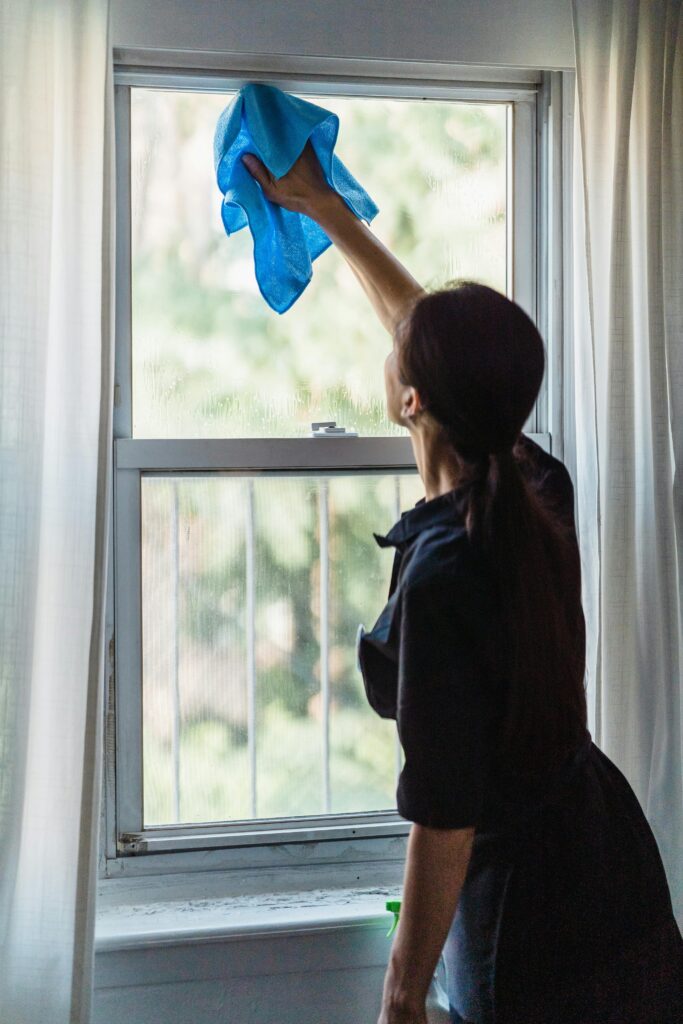
The fashion industry is another industry with hefty environmental impacts. A few highlights: The fashion industry is responsible for nearly 10% of global carbon emissions and is the second-biggest consumer of water. Plus, 92 million tonnes of textile waste is produced every year.
These problems will not be solved all at once, but a small step you can take is to wear your clothes for as long as possible and reuse your clothes for different purposes once they’re no longer wearable! One way to reuse clothes is to use old socks and underwear as rags for cleaning (after running them through the laundry, of course). They’re the right size and absorbency, plus this prevents you from buying separate cloths to use as rags!
Collecting human hair, nail clippings and tissues in the bathroom
I don’t know about you, but I end up with lots of wads of hair in the bathroom, between brushing my hair and showering! My parents have a paper bag in their bathroom to collect organic waste like human hair, nail clippings and tissues, which can then go in the green bin to be composted. Because the bag is made of paper, it can eventually be recycled.
This trick keeps some organic waste out of landfills, where it releases methane, a powerful greenhouse gas. Be sure to check waste sorting guidelines where you live since not all municipalities will accept materials like hair in their organic waste.
Getting a food box with local produce
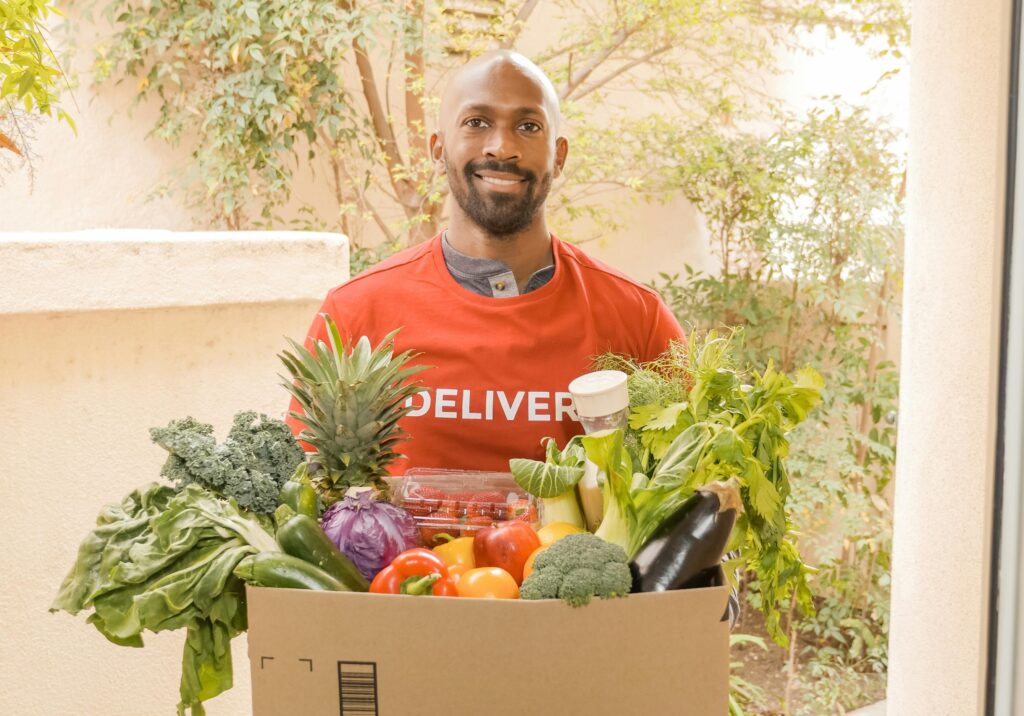
When I was in university, one of my roommates and I split a weekly food box from our university. The box contained a range of fresh produce, from squash to cranberries, all locally grown in Nova Scotia.
You can participate in a similar system through community-supported agriculture (CSA). In CSA, you buy a share of the harvest at the start of the growing season. This means that you receive fresh, local food throughout the growing season. CSA supports local farmers and ensures they have the funds they need for a successful growing season. It also reduces transportation emissions compared to buying produce from overseas.
Using reusable napkins and cloths
Paper towels and disposable cloths are convenient for cleaning up spills. Yet according to some estimates, Americans use 13 billion pounds of paper towels annually. Thankfully, there are sustainable alternatives that allow you to clean up messes without contributing to this waste problem.
A nice habit at the place where I am currently living is using reusable cleaning cloths and napkins. It feels much fancier than using paper napkins! These cloths can be used multiple times then tossed in the laundry.
Using beeswax wraps

Did you know that 5.3 million Americans used 10 or more rolls of plastic wrap in 2018? Plastic wrap is a useful product for covering and storing food, but it’s hard to recycle and contributes to our waste problem.
A sustainable alternative that one of my roommates used is beeswax wraps. Beeswax wraps are a reusable food wrapper made from cotton coated with beeswax and other natural materials. They often come in fun patterns. To use them, wrap the wrap around your container and press it gently around the edges—the warmth of your hands will soften the beeswax. Note that beeswax is not generally considered vegan.
Running the air conditioner infrequently
As temperatures get hotter, air conditioning is vital for keeping people cool. Yet air conditioners also contribute to climate change. Carbon emissions from space cooling nearly tripled from 1990 to 2022, and they are expected to continue increasing.
In the house where I am currently living, they only run the air conditioner infrequently—only really during heat waves. Tricks like closing blinds during the day and opening windows at night can help keep a space cool without using AC.
Get my other tips for staying cool without using an air conditioner here.
Air drying clothes
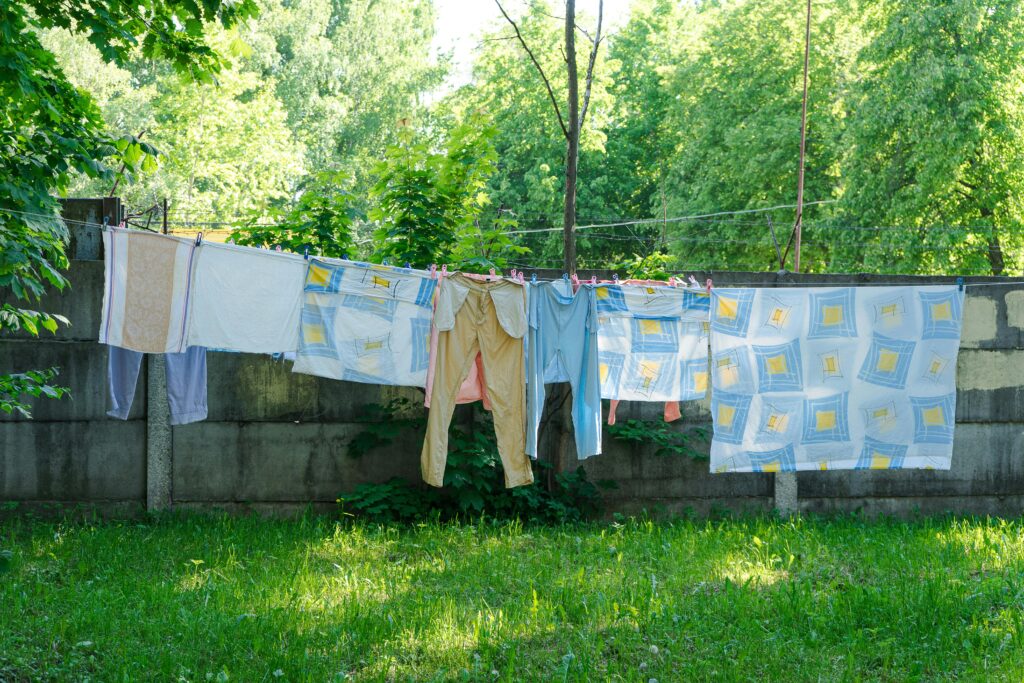
When my parents’ clothes dryer stopped working, they never replaced it. While you don’t have to ditch the dryer completely, air drying clothes is an effective way to reduce energy use and emissions. Try hanging clothes outside on a sunny day or setting up a drying rack indoors.
In the average household, the dryer is responsible for nearly 6% of home energy use. Air drying clothes can reduce the average household’s carbon footprint by 2,400 pounds annually.
Get my other sustainable laundry tips here.
Sustainability lessons from roommates
Living with roommates is an interesting experience that opens our eyes to different ways of doing things. If you pay attention, you just might learn some tricks for living sustainably and saving money while you’re at it!
I want to know: What sustainability lessons have you learned from roommates?
Categories and tags:
Share this post:
